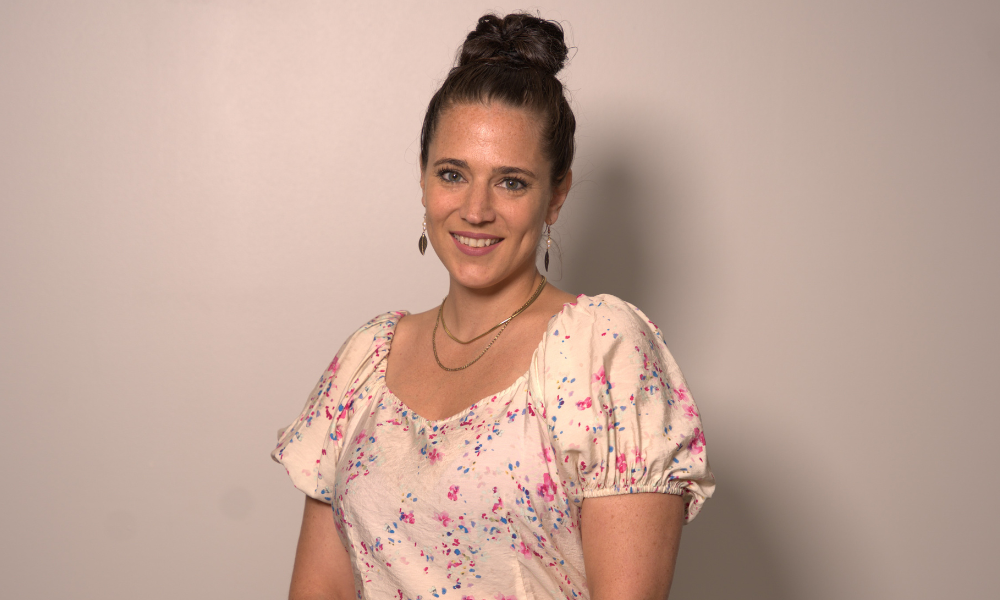With government inspections more prevalent since COVID, safety officers need to be on top of their processes

Health and safety inspections in the workplace are crucial in ensuring that your workplace is safe.
And while mandated inspections are there to keep employers in check, safety leaders in every worksite must do their own part to keep themselves honest. To do this, regular internal inspections are the answer, Catherine Bergeron, health and safety services manager, Peninsula Canada, told Canadian Occupational Safety (COS). But how often should these be done?
“Every employer should do at least one monthly inspection of the workplace,” she said. “If you have a big enough workplace, these inspections should be carried out either by your health and safety representative or your joint health and safety committee members. And it's just a general walk around, making sure that emergency exits are free of obstruction and that things are looking good; that there's nothing broken, that the lights are working.”
Employers must also document these processes, she said. However, there are some businesses that may require daily inspections, particularly those that use vehicles, said Bergeron. Forklifts, regular cars, pickup trucks – your inspectors must look into these daily before these are put to use.
But different workplaces require different frequencies of safety inspections, she said. Construction sites, for example, have a lot more hazards and are a lot more complex, Bergeron told COS in a previous interview. “Depending on your operation, you should evaluate what needs to be inspected and at what frequency.”
For inspections to be successful, employers must provide their safety inspectors a checklist for them to know what they must look for.
They must also provide those that will conduct the inspections with the proper tools that they need, including hardhats, boots, PPEs and others. Employers must also ensure that these workers find time in their schedule to effectively carry out the inspections.
“Providing time and resources in order for these types of inspections to be carried out is the responsibility of the employer,” said Bergeron.
Penalties
Internal inspections not only keep your workplace safe but also ensure that you will not be penalized by government safety inspectors.
“We've definitely seen a lot more inspections happening. COVID has brought that; it has increased the inspections, definitely. It has increased the number of inspectors that are out there… trying to help employers in being compliant,” Bergeron said.
“That being said, the inspections are most of the time still random. So you don't really know when the inspector is going to come to your workplace.”
Failing during these government-mandated inspections could be costly for employers. In most cases, the inspector is going to come on-site and they're going to identify what is compliant and what is not, and they're going to ask you to fix what is not. That’s the easy part.
“The worst-case scenario would be that the inspector identifies something very dangerous, super high risk in your operations, and stops the work. So basically, you have to stop your operations, and you cannot resume until the issue is fixed,” said Bergeron.
“That can come with a fine, sometimes, if it's a major violation of the Occupational Health and Safety Act. That is the absolute worst-case scenario.”
Having a good health and safety board that is up to date with all the requirements is a good way for employers to show an inspector that they are complying with workplace safety rules.





